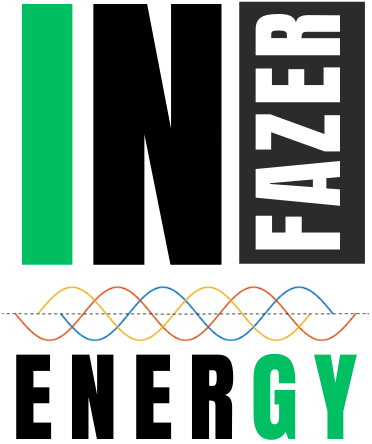The Role of IoT in Modern Energy Management Systems
The Internet of Things (IoT) has ushered in a new era of smart energy management, transforming the way businesses and industries monitor, control, and optimize energy consumption. By connecting devices and systems through the internet, IoT enables real-time data collection, advanced analytics, and automated decision-making, paving the way for unprecedented efficiency and sustainability.
What Are IoT-Enabled Energy Management Systems?
IoT-enabled energy management systems (EMS) are platforms that leverage IoT devices—such as sensors, smart meters, and connected appliances—to monitor and control energy use. These systems integrate data from various sources and provide actionable insights, helping businesses achieve greater energy efficiency and reduce operational costs.
How IoT Revolutionizes Energy Monitoring and Efficiency
1. Real-Time Monitoring and Data Collection
IoT devices continuously monitor energy consumption across facilities, providing accurate, up-to-the-second data on usage patterns.
- Example: A smart meter tracks electricity usage by the minute, offering insights into peak consumption periods and areas of inefficiency.
2. Predictive Maintenance
IoT-powered systems use data analytics to predict equipment failures before they occur, reducing downtime and maintenance costs.
- Example: Sensors detect irregularities in machinery energy consumption, signaling the need for maintenance before a breakdown.
3. Automated Energy Control
IoT systems can automate energy-saving measures, such as adjusting lighting, HVAC, or machinery settings based on real-time conditions.
- Example: Smart thermostats adjust heating and cooling based on occupancy, reducing energy waste.
4. Integration with Renewable Energy
IoT enhances the integration of renewable energy sources, like solar or wind, into traditional energy systems by optimizing storage and distribution.
- Example: IoT devices manage energy storage in batteries, ensuring renewable energy is utilized efficiently.
5. Enhanced Decision-Making with Advanced Analytics
IoT-enabled EMS provides businesses with actionable insights through detailed analytics and reporting tools.
- Example: A centralized dashboard visualizes energy trends across multiple locations, helping managers identify opportunities for savings.
Applications of IoT in Various Industries
Manufacturing
IoT ensures efficient energy use in production lines by optimizing machinery performance and identifying wasteful processes.
Healthcare
IoT-enabled EMS maintains critical systems, such as life-support machines and climate-controlled storage, ensuring consistent and reliable energy supply.
Retail and Commercial Spaces
IoT manages lighting, HVAC, and other systems in response to foot traffic and occupancy, enhancing customer experience while saving energy.
Data Centers
IoT optimizes cooling systems and monitors server performance, reducing energy usage in these high-demand facilities.
Benefits of IoT in Energy Management Systems
- Cost Savings: Reduced energy bills through optimized consumption and minimized waste.
- Sustainability: Lower carbon footprints by identifying and eliminating inefficiencies.
- Scalability: IoT systems grow with your business, easily integrating new devices and technologies.
- Reliability: Real-time monitoring and predictive maintenance ensure consistent operations.
Challenges and Considerations
While IoT revolutionizes energy management, businesses must address challenges such as:
- Data Security: Protecting sensitive energy data from cyber threats.
- Initial Costs: Balancing upfront investment with long-term savings.
- Interoperability: Ensuring devices from different manufacturers work seamlessly together.
Conclusion
IoT is a game-changer for modern energy management systems, offering businesses unparalleled control, efficiency, and sustainability. By investing in IoT-enabled solutions, organizations can not only reduce costs but also contribute to a greener future.

